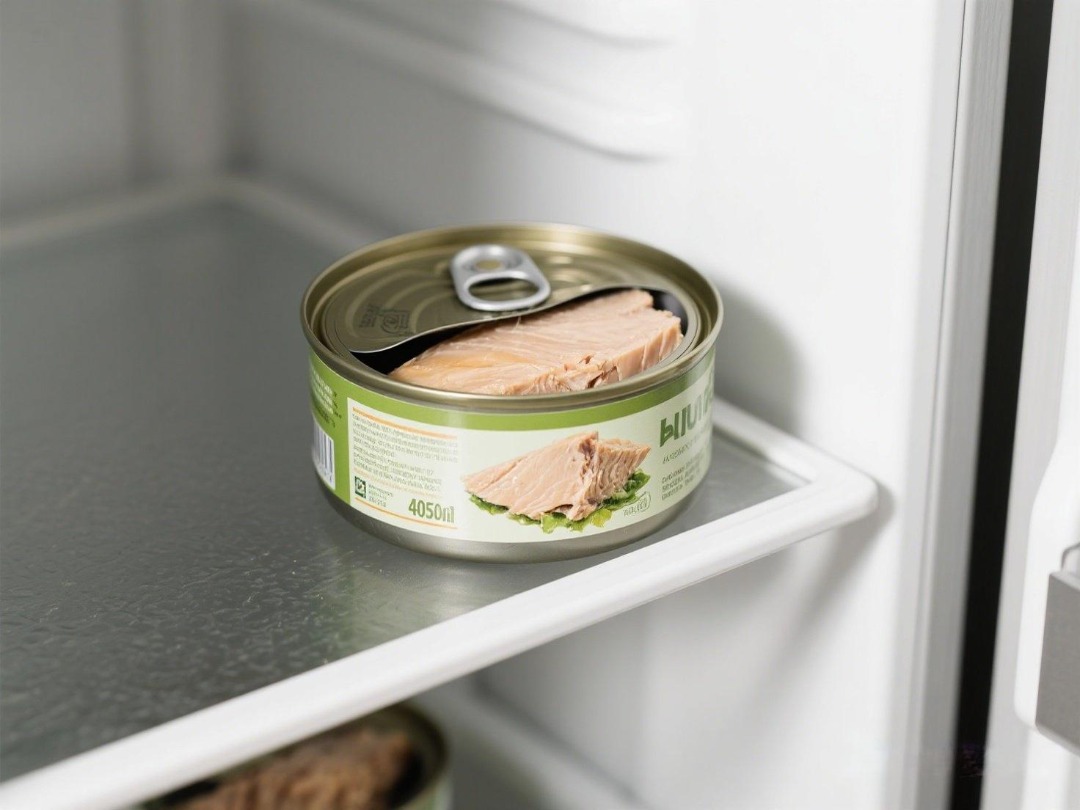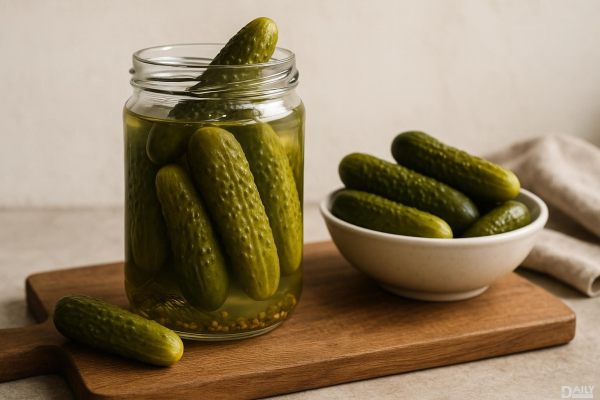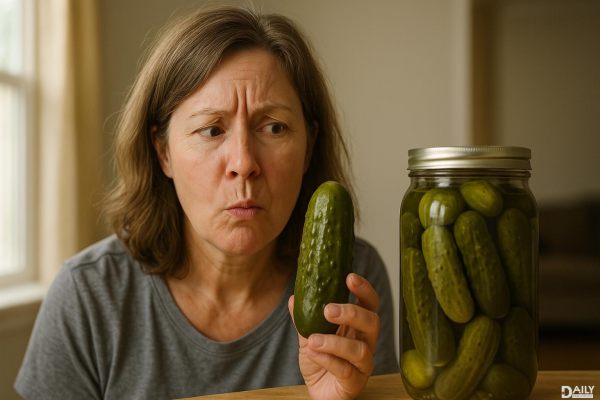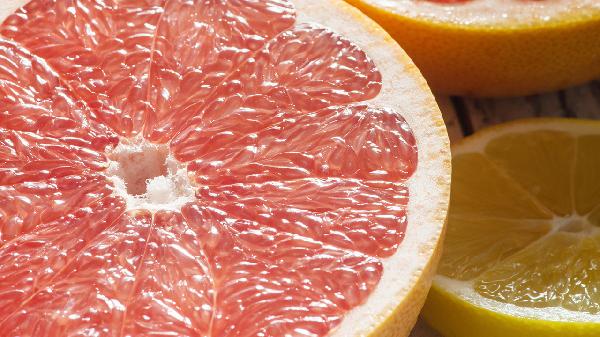Canned tuna is a pantry MVP—it’s cheap, packed with protein, and ready to eat in seconds. But if you’re storing it wrong, you could be sabotaging its flavor, texture, and even safety. Here’s how to keep your tuna fresh, tasty, and safe to eat—no weird smells or mystery dents allowed.

1. Storing It in a Hot or Humid Spot
Canned tuna might seem indestructible, but heat and humidity are its kryptonite. Stashing it near the stove, dishwasher, or in a sunny cabinet speeds up spoilage and can mess with the can’s integrity.
Fix It: Keep tuna in a cool, dry pantry or cabinet—somewhere dark and away from temperature swings. If your kitchen gets steamy, consider a storage spot in the basement or a closet instead.
2. Ignoring Expiration Dates (Sort Of)
Technically, canned tuna can last years past its "best by" date if stored right. But that doesn’t mean you should treat it like a time capsule. Over time, the quality and nutrients degrade, leaving you with a sad, metallic-tasting mush.
Fix It: Play it smart with the "first in, first out" rule—use older cans first and rotate your stock. And if you crack open a can that smells funky or looks off, toss it. Better safe than sorry.
3. Keeping Damaged Cans
Bulging, leaking, or badly dented cans? That’s a hard no. Damage can mean compromised seals, which opens the door to bacteria (and nobody wants a side of food poisoning with their tuna salad).
Fix It: Inspect cans before buying, and if you find a damaged one at home, don’t risk it—just throw it out.
4. Freezing It (Yes, Really)
Freezing canned tuna is like freezing a banana—technically possible, but why would you? The texture turns mushy, the flavor dulls, and you’ll end up with a weird, watery mess.
Fix It: Stick to freezing fresh or vacuum-sealed tuna instead. If you must freeze canned tuna, drain it first and store it in an airtight container—but don’t expect miracles.
5. Refrigerating Opened Cans
Leaving an open can in the fridge is a rookie mistake. The metal can react with the tuna, giving it a weird metallic taste, and bacteria can sneak in through the exposed edges.
Fix It: Transfer leftovers to an airtight container (glass or plastic) and eat within 3-4 days. Bonus: It’ll keep your fridge from smelling like a fish market.
6. Stacking Heavy Stuff on Top
Cans are tough, but they’re not invincible. Piling heavy items (like cast-iron pans or other canned goods) on top can dent or puncture them, leading to leaks or contamination.
Fix It: Store tuna in a single layer or in a sturdy bin where it won’t get crushed. Your future self (and your lunch) will thank you.
Final Tip: Buy Smart, Store Smarter
Not all canned tuna is created equal. Look for BPA-free cans or pouches if you’re worried about chemicals, and opt for water-packed if you want fewer calories (oil-packed has more flavor but more fat).
Store it right, and you’ll always have a quick, healthy meal ready to go—no fishy disasters in sight.
























